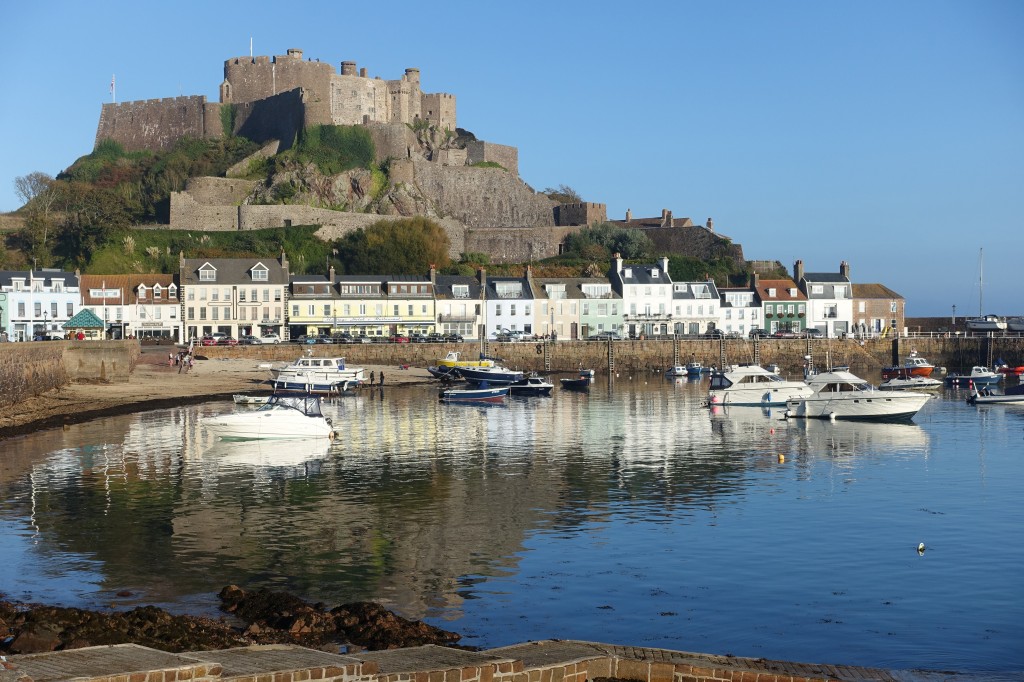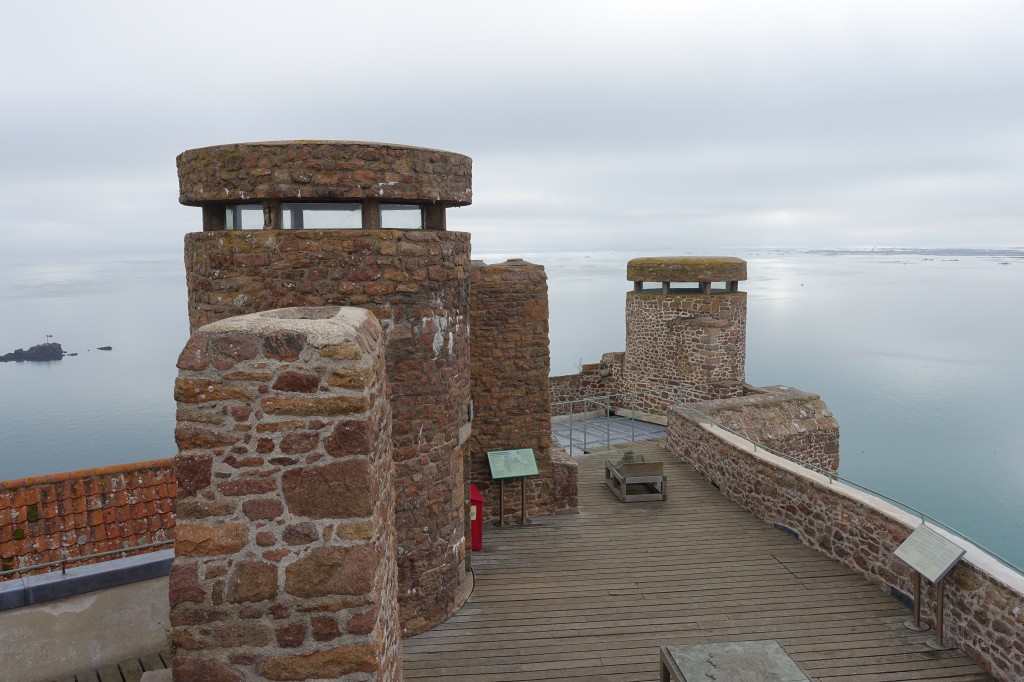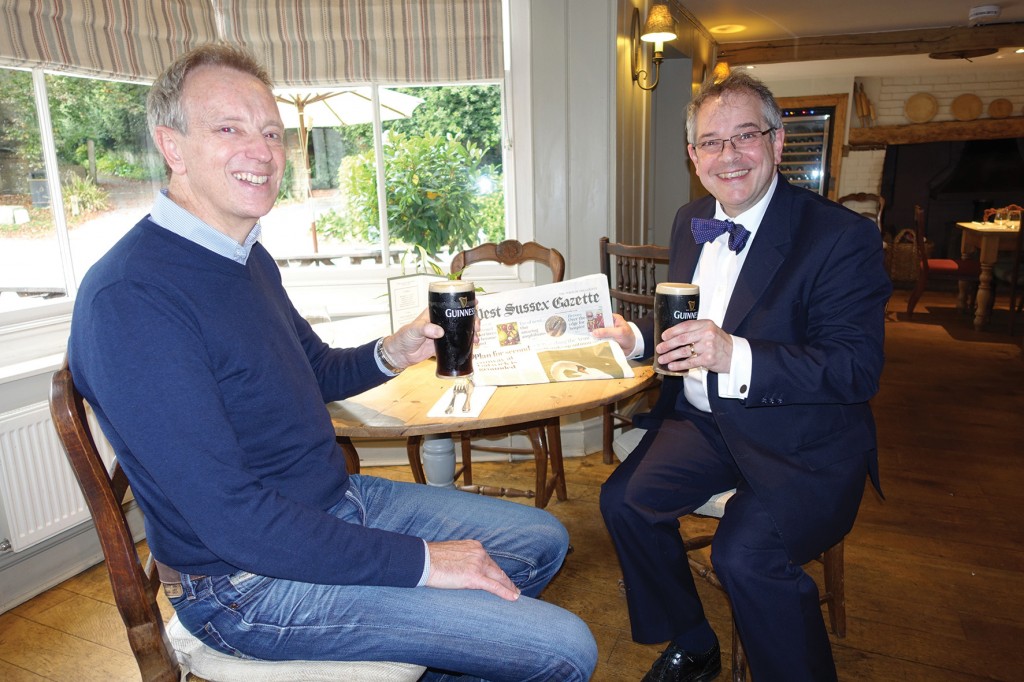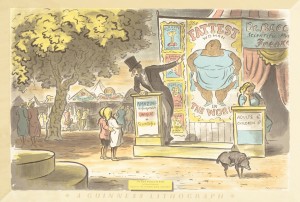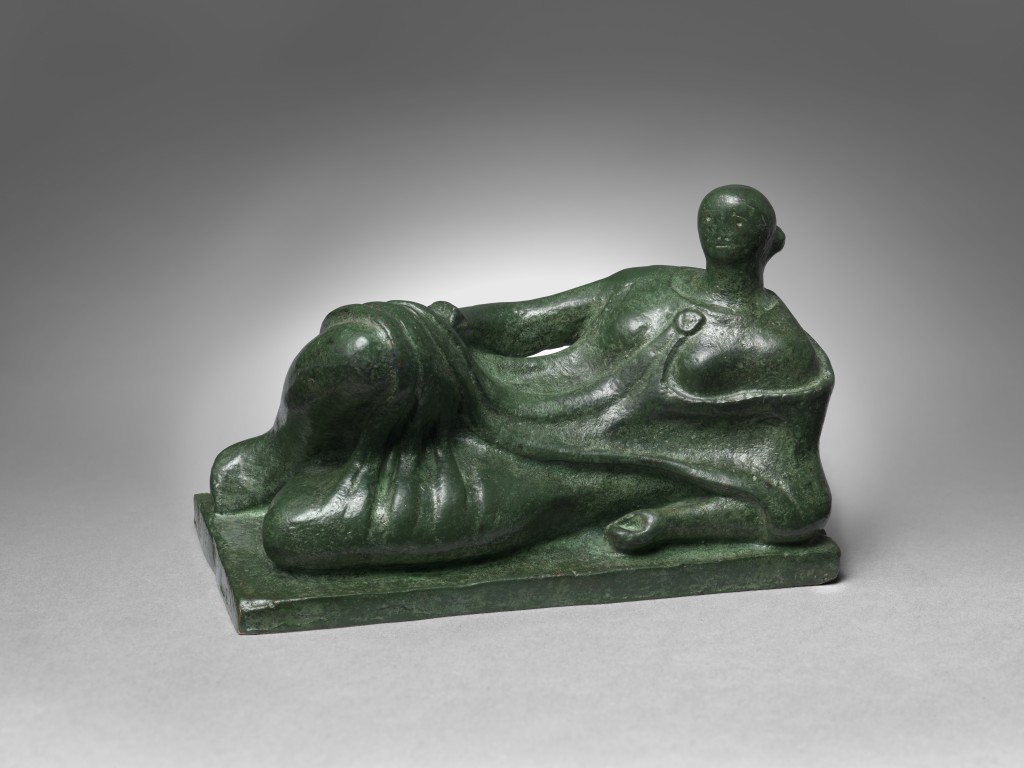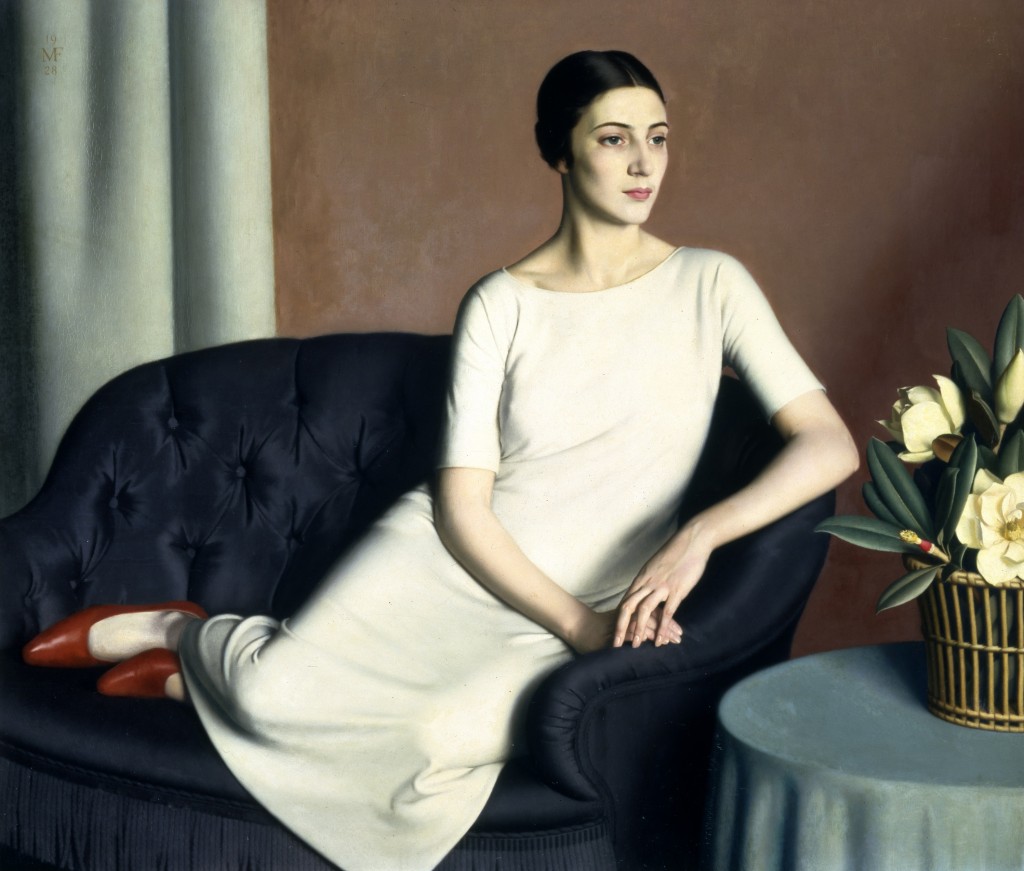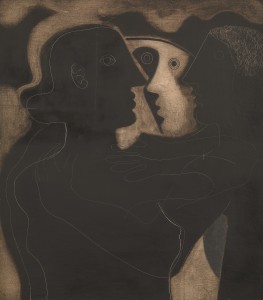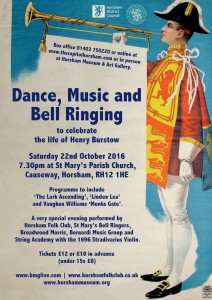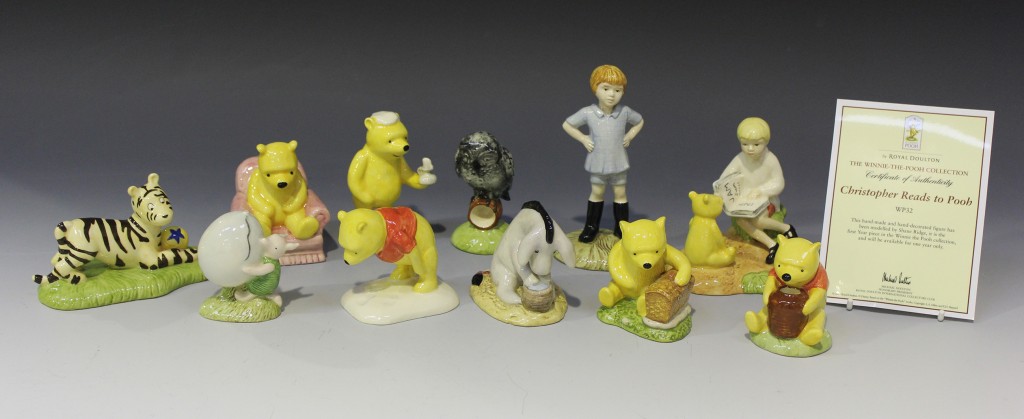
That fine Sussex Bear, Winnie-the-Pooh, has just celebrated his 90th Birthday – not bad for a bear stuffed with fluff. ‘Winnie-the-Pooh’ was first published ninety years ago, in 1926, by Methuen & Co. Ltd.
One of the greatest pleasures of life must surely be the returning to the familiar and humorous tales of Winnie-the-Pooh. These fond and witty stories of the adventures of a bear of little brain and his friends, Christopher Robin, Piglet, Eeyore, Tigger, Owl, Rabbit, Kanga and Roo, reach across the generations. Milne never compromised in his use of vocabulary or language believing that children were always up to the challenge. It is the richness and quality of his prose and poetry which allows his writing to continue to delight children and adults alike.
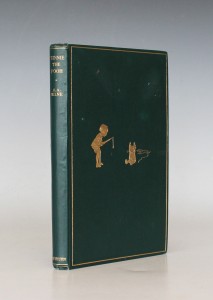
A.A. Milne’s wonderful stories and E.H. Shepard’s iconic illustrations have proved timeless. Both author and illustrator lived in Sussex. In 1925, A.A. Milne purchased Cotchford Farm on the edge of Hartfield, East Sussex; the year before ‘Winnie-the-Pooh’ was first published. The surrounding Ashdown Forest would provide the inspiration for the Hundred Acre Wood where Christopher Robin and Winnie-the-Pooh’s adventures are set. E.H. Shepard lived at Lodsworth near Petworth, West Sussex.
Initially Milne was not sure that Shepard was the right illustrator for his stories. Published in 1924, ‘When We Were Very Young’ was an anthology of children’s poetry and became an instant bestseller. Milne acknowledged the contribution of Shepard’s illustrations to this success by arranging for the illustrator to receive a share of the royalties. It was an association which would endure. Their work formed the basis for Walt Disney’s film based on ‘Winnie-the-Pooh’.
The first adventures were bedtime stories told by A. A. Milne to his son, Christopher.
E.H. Shepard based his depiction of Winnie-the-Pooh on his own son’s teddy bear called Growler. However, Piglet, Eeyore and Rabbit were all based on toys in Christopher’s nursery. A trip to Harrods toy department by Milne provided Kanga and Roo.
If we asked Winnie-the-Pooh the secret to his longevity he would, no doubt, put it down to a ‘smackerel’ of Honey. But I think it is the rich, believable characters and the fond telling of humorous adventures about our beloved Pooh which have caused him to endure.
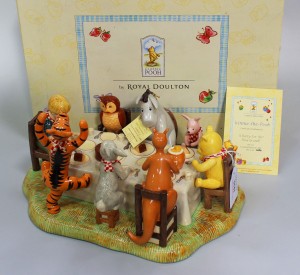
First editions of ‘Winnie-the-Pooh’ often surface at Toovey’s in the specialist book sales and realise hundreds of pounds. The Royal Doulton Winnie-the-Pooh figures represent exceptional value for fans of this Sussex Bear, especially at auction. To find out more contact Toovey’s on 01903 891955.
And if a first edition is beyond your purse why not treat yourself to the BBC Radio Collection CD with Alan Bennett reading ‘Winnie-the-Pooh’. The voices he lends to these well-known characters and his gentle, fond tone are perfect. The twists and turns of these familiar stories are delivered with perfect timing – Alan Bennett’s telling of them is quite marvellous.
By Rupert Toovey, a senior director of Toovey’s, the leading fine art auction house in West Sussex, based on the A24 at Washington. Originally published in the West Sussex Gazette.
